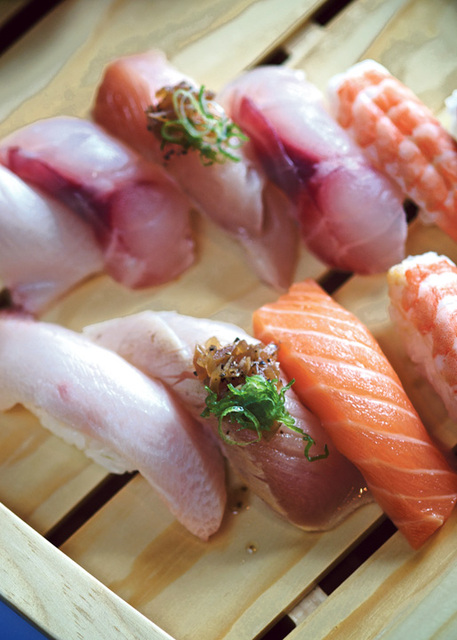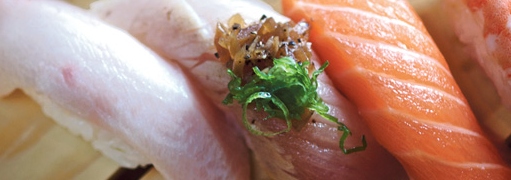Restaurant Review: Fujiyama, A New Japanese/Korean Joint On Central
A Grand Old Building That’s Full Of Welcome Surprises


A rainbow of nigiri sushi
Sergio Salvador salvadorphoto.com









